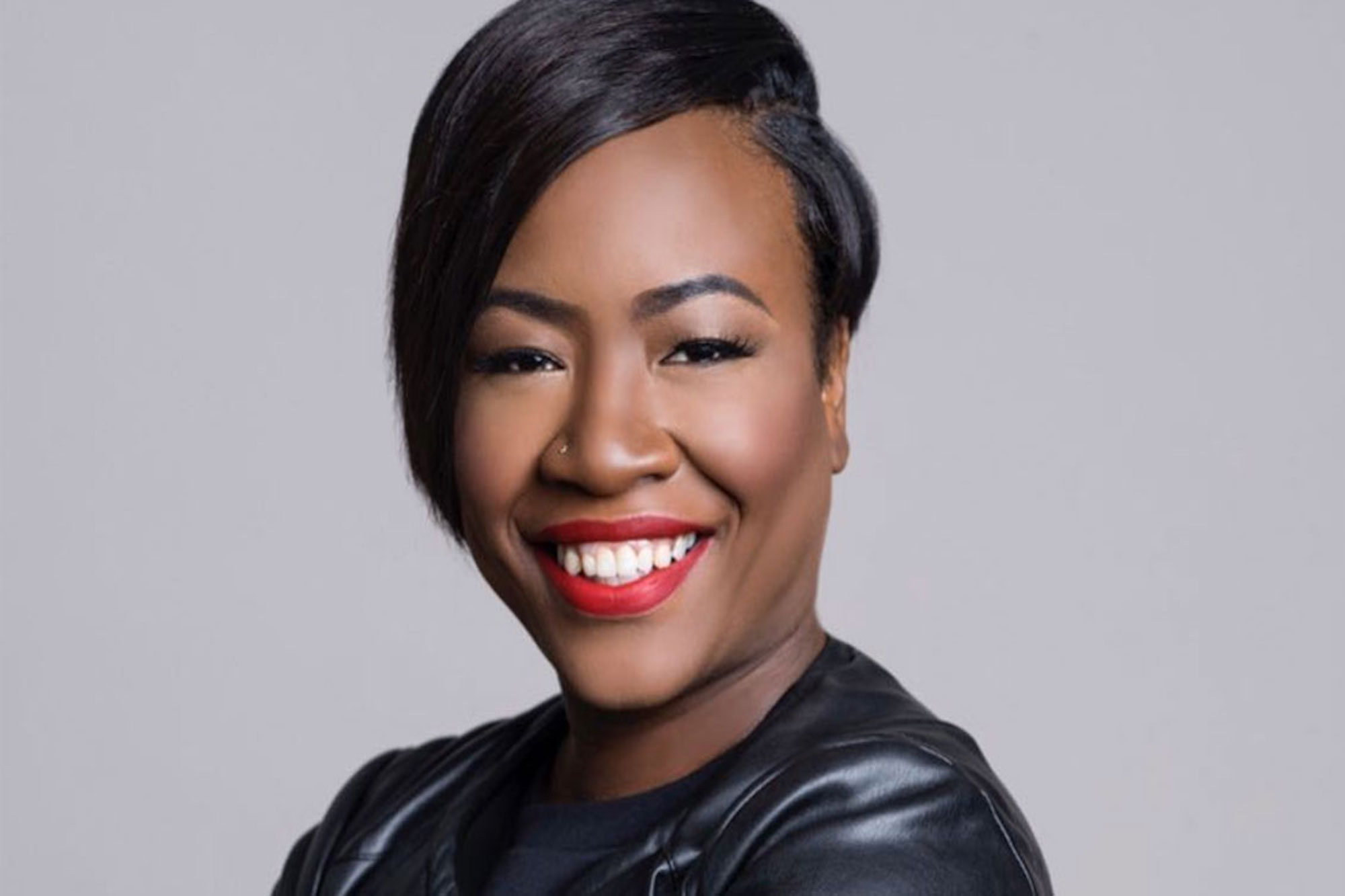
“Everyone is on the frontlines,” talking to an emergency room doctor about COVID-19 in New York
Dr. Arabia Mollette studied medicine at the Latin American Institute of Medicine in Havana, Cuba and is based in Brooklyn, New York where she and other doctors…
The novel coronavirus isn’t Dr. Arabia Mollette’s first encounter with a pandemic-like virus. When she was a medical exchange student from the U.S. in Cuba at the Latin American School of Medicine, she and her classmates confronted Dengue.
The mosquito-born virus is common in tropical climates and results in high fevers and a distinct skin rash for patients among other symptoms like headaches, joint pain and vomiting.
Annually, Dengue infects 390 million people worldwide with up to 25,000 deaths.
“It was an epidemic across continents,” said Mollette.
She and her classmates helped the local effort against the virus by educating members of the surrounding communities in Havana about its symptoms along with prevention tactics.
Now, as an emergency room doctor based in the Bronx, New York, Mollette is playing another role in the battle against COVID-19.
When AL DÍA interviewed Dr. Mollette, Europe was still the epicenter of the virus, but in the week since, the U.S. has vaulted well ahead of the rest of the world in case count.
“If we don’t act quickly, we will be Italy,” she said at the time.
At the center of the U.S. fight against COVID-19 is New York City.
On the ground in the city’s emergency rooms, the scene is chaotic to say the least.
Packed hospitals, dwindling stolen supplies and overwhelmed doctors were just some of the circumstances described by Mollette.
As one of those overwhelmed doctors, she’s admittedly “frustrated” by the response of the federal government to COVID-19.
“The government failed,” said Mollette. “This came on the scene back in November and we didn’t take it seriously.”
What was once a warning call has turned into a chronic shortage of essential medical supplies across the country.
In Mollette’s case, the hospitals where she operates have had to turn away patients from tests and beds unless they are seriously ill or have COVID-19’s telltale symptoms of dry cough, fever or shortness of breath.
That’s tough in an emergency room.
“I have to prepare myself for everything,” said Mollette.
In addition to the massive influx of COVID-19 cases, her daily 12 to 14-hour shift could also include treating anything from a stabbing to the flu.
“Don’t forget we’re also still in flu season,” she said.
Compounding the lack of space and aid for patients is also a shortage of masks, gloves, hand sanitizer and gowns for the doctors.
Part of the supply scarcity is because of a breakdown in the supply chain amid overwhelming demand, but Mollette also noted how many items are being stolen from hospitals.
“You normally don’t think twice about the masks or hand sanitizer dispensers around an emergency room, but now they’re just gone,” she said.
The effect, as shown by recent guidelines administered by the Centers for Disease Control on optimizing the supply of personal protective equipment, is at times unsafe, crisis-level approaches for doctors that put them at higher risk of infection.
One of the recommendations regarding a crisis-level shortage of face masks suggests doctors use a bandana or scarf to protect when none are available.
“It’s disappointing that the CDC would offer such suggestions. That’s not going to protect anything,” said Mollette.
RELATED CONTENT
She speaks as someone who’s seen firsthand one of her friends who is a doctor get very sick with COVID-19 and she’s heard of many others.
In Italy, at least 50 doctors have now died of COVID-19.
Without a clear federal message of relief, doctors like Mollette have turned to their local and state leaders for help. Unlike her view of the federal government’s response, she praised the work of New York Governor Andrew Cuomo.
The governor has seen himself become a national figure in the battle against COVID-19 in part because New York is the U.S. epicenter of the virus, but also for his approach.
Where President Trump’s administration has been slow to respond (for which Cuomo’s called them out many times in the past weeks) and erratic at times, Cuomo’s response has been calm in the face of the storm and calculated in what the state needs to limit the damage.
“Thanks Governor Cuomo for his leadership,” said Mollette.
One move that caught her eye was the transformation of New York City’s Javits Center into a temporary hospital to house the overflow of COVID-19 patients along with agreements to create similar centers in Westchester, Westbury and Stony Brook.
The Javits Center hospital opened on March 30, the same day the USNS Comfort docked in New York Harbor to serve as another temporary hospital.
But Mollette said the responsibility goes beyond appointed leaders — it’s also in the hands of everyday people.
“Everyone is on the frontlines,” she said.
In the place of allocating resources and deciding where to support the supply chain, citizens have a duty to follow the established rules for COVID-19, which vary across the country but include staying home and social distancing.
“We can do better,” said Mollette.
Initially, some members of younger generations thought themselves less susceptible to the serious symptoms of the virus, but a CDC study found that in the early U.S. cases, one in five hospitalizations because of COVID-19 were of someone between 22 and 44 years old.
As for the panic, Mollette understands it, but urges people to “stay home.”





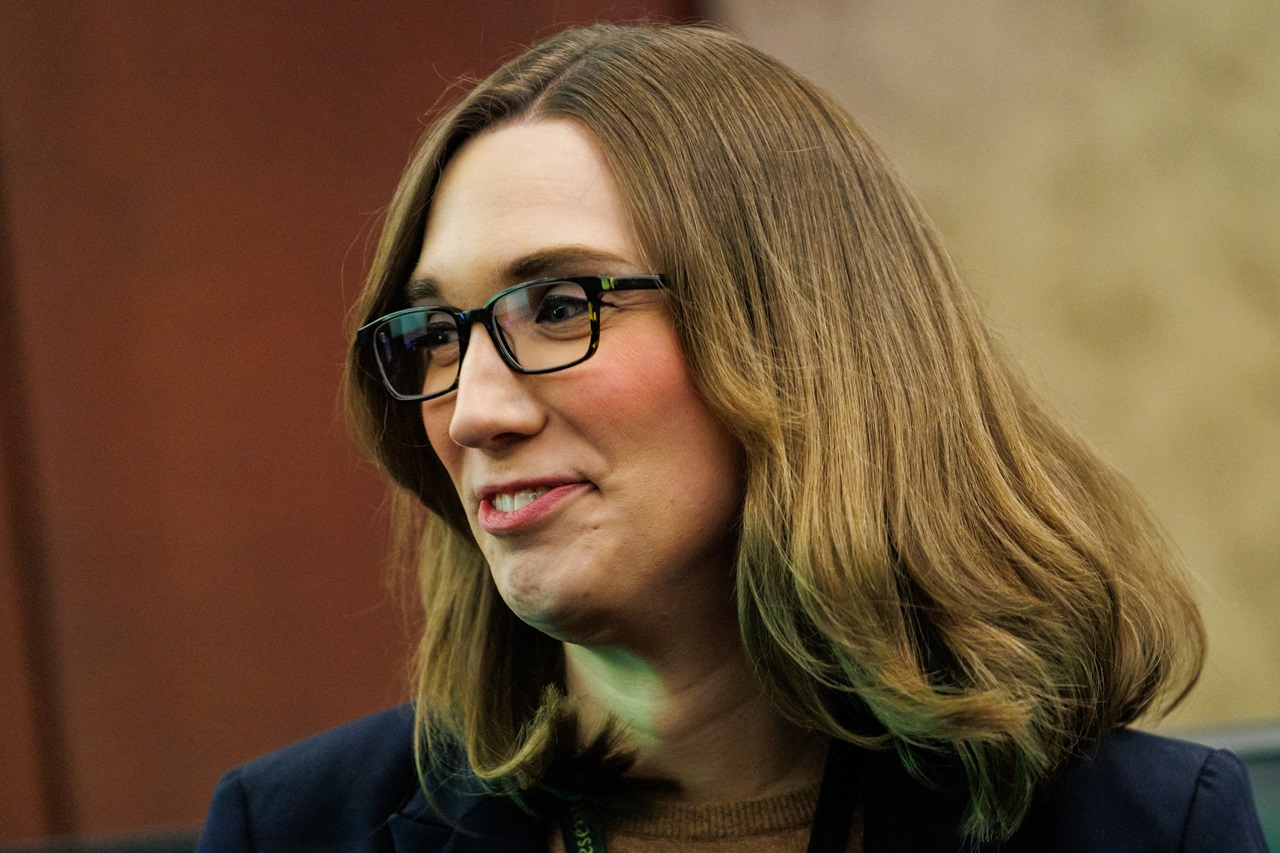


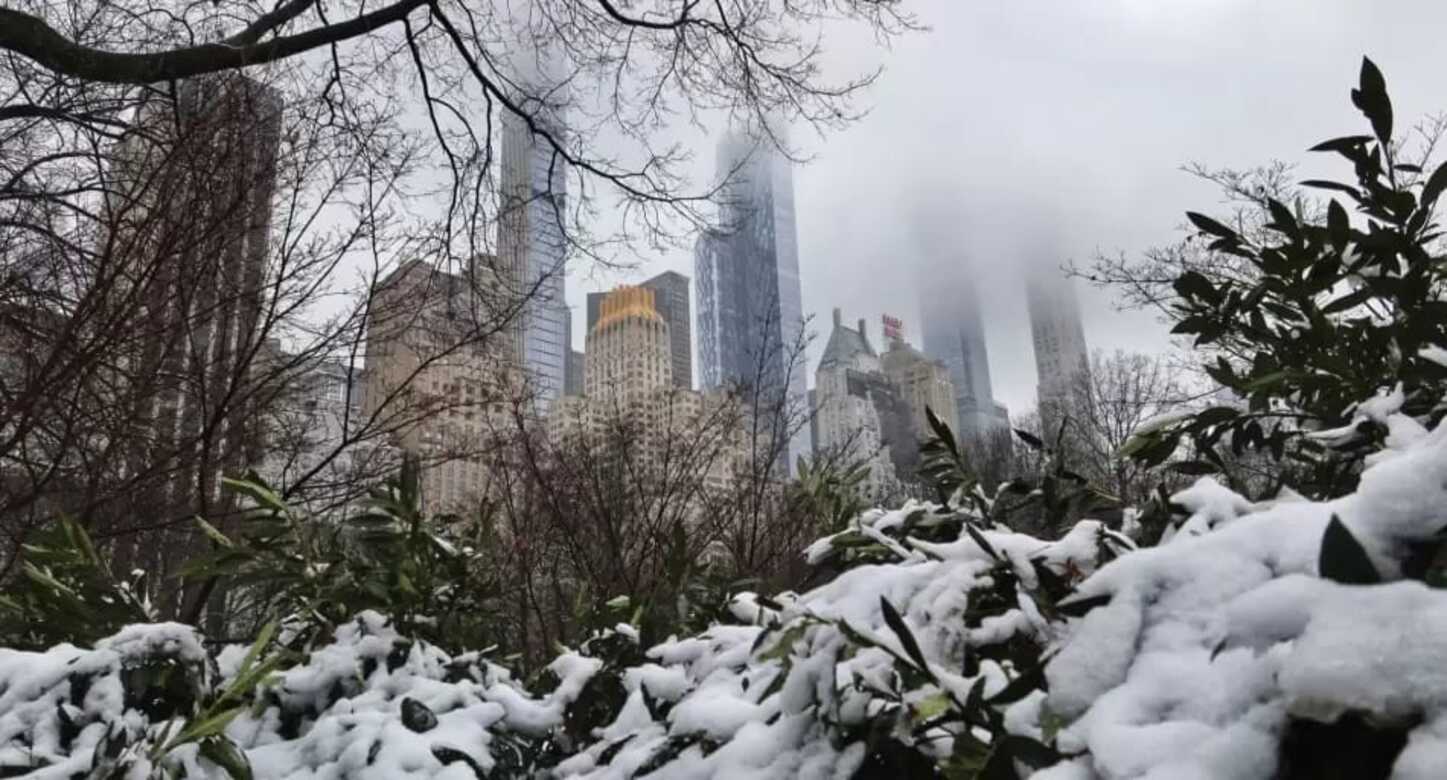
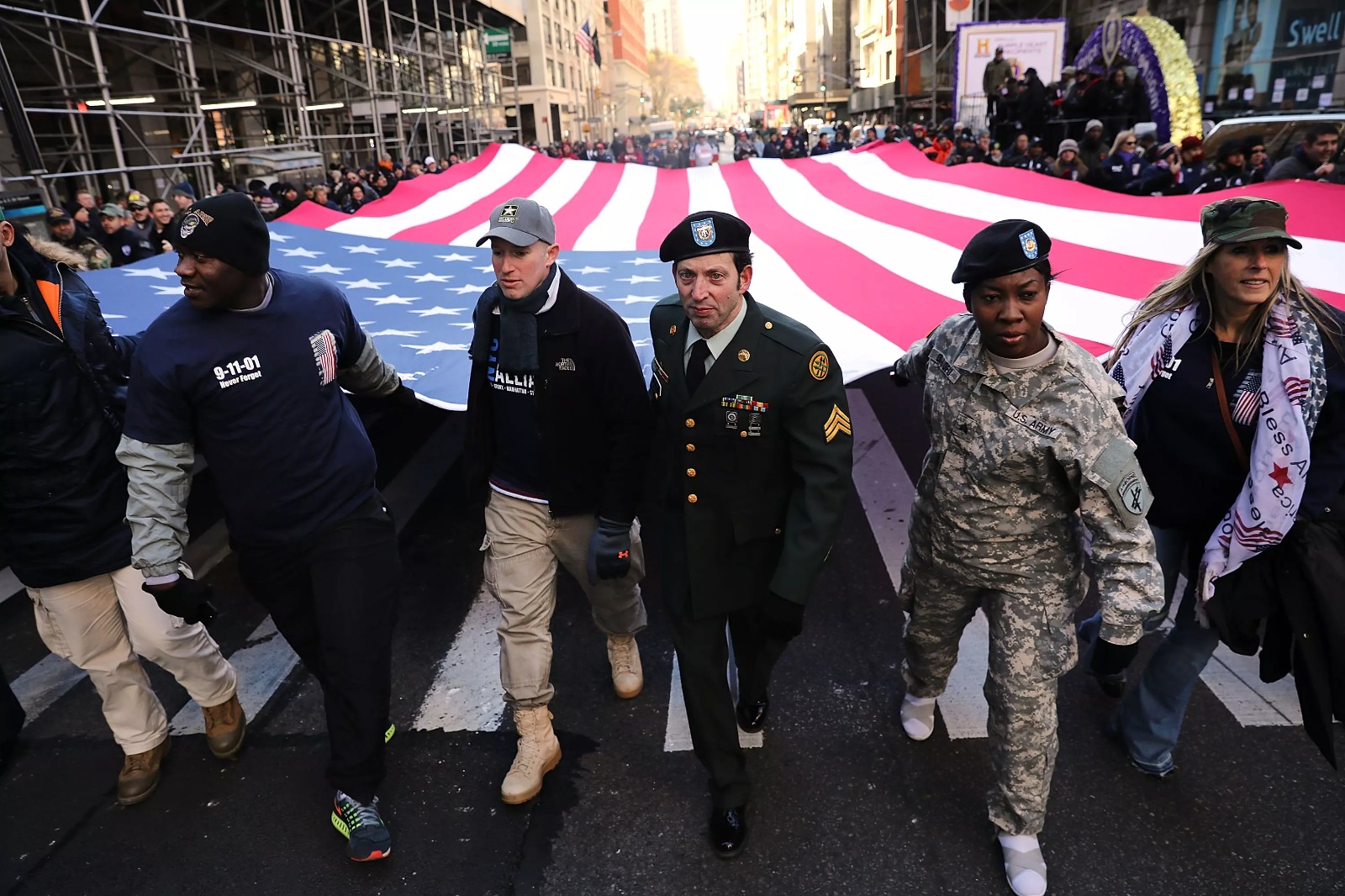
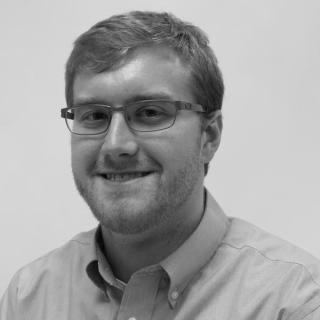
LEAVE A COMMENT:
Join the discussion! Leave a comment.